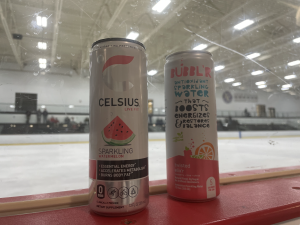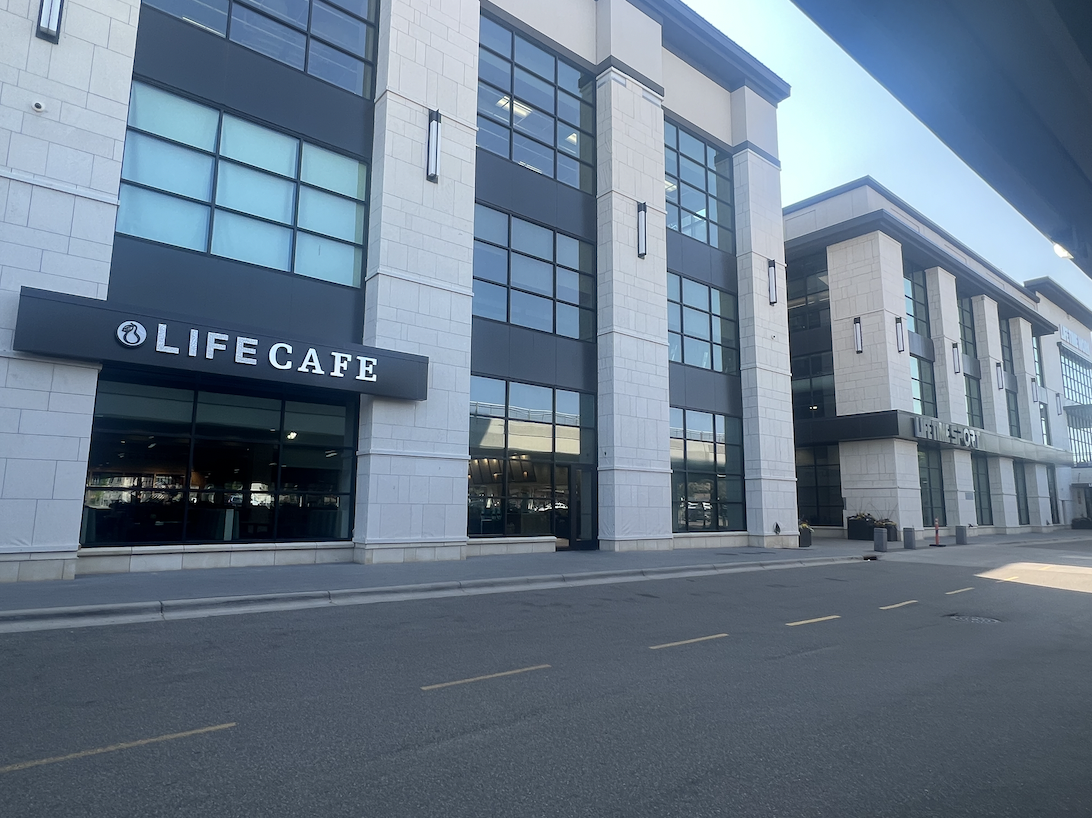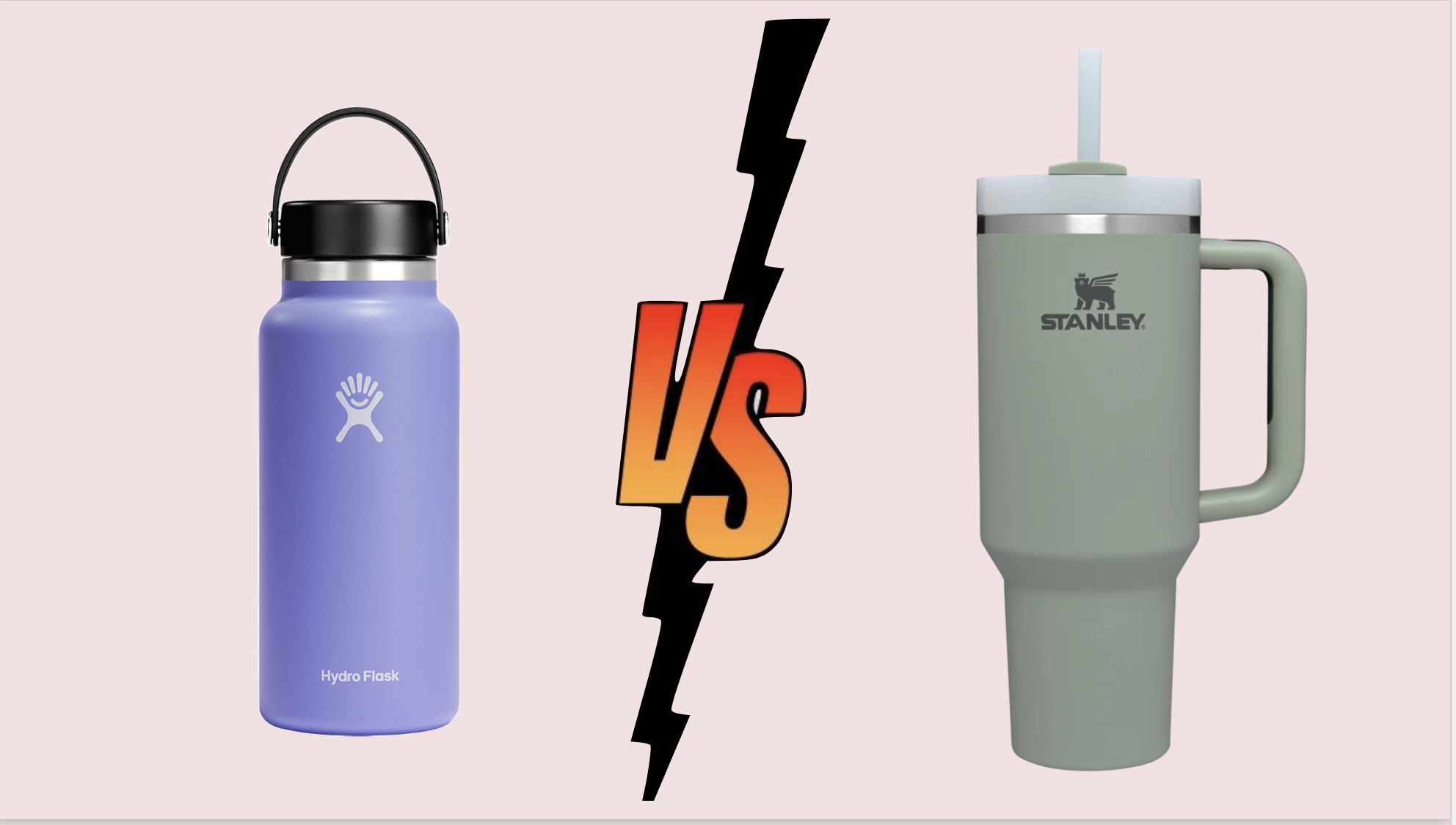Seasonal Affective Disorder Worsens During COVID
Senior Sarah McGurl looks out a window, lost in thought.
January 12, 2021
Seasonal Depression, or Seasonal Affective Disorder (SAD), is the type of depression that relates to the change in seasons. It occurs around the same time every year, and lasts for about 40% of the year. Despite the acronym, Seasonal Affective Disorder goes much deeper than just feeling sad. Though the colorful fall leaves are a pretty sight to see, this is usually around the same time SAD starts, lasting through the winter. Seasonal Depression rarely affects people in the spring and summer.
Along with these seasonal changes, another huge change that affects everyone is COVID-19. 2020 has been an experience like none other due to the global pandemic. For many, this has made the change of seasons much harder to bear. “Most years I struggle during the winter because of the darkness and bitter coldness, but this year is worse. Because of COVID-19, we have been stripped from all fun winter activities, leaving me bored and isolated,” senior Piper Ehlen said.
A common symptom of SAD is social withdrawal. With social distancing rules being implemented, COVID-19 makes this condition much more prominent. Mental Health of America did a recent study where they found that Americans who experience depressive symptoms tripled since the pandemic started. The stress of this pandemic puts people at a more difficult mental state going into the winter season than in previous years. “Winter is always a hard time with the weather getting colder and the sky getting darker sooner. Especially with the pandemic, it’s going to be a lot harder this winter since we are more isolated and lonely,” senior Peyton Murphy said.
According to The National Institute of Health, young adults, especially females, are put at greater risk for Seasonal Affective Disorder. Young adults make up the population of our high school. Many things are unpreventable, like the pandemic, but there are things that we can do to prioritize self care. Maintaining close relationships with friends and family, exercising, healthy eating, and getting good sleep are all important aspects of physical and emotional well-being. Another new thing that professionals have been talking about is light therapy. Natural outdoor light can boost serotonin. People with SAD tend to lack serotonin with an uneven balance of melatonin. This is why it is important to get outdoors when you get the chance. However, when natural light is scarce, light therapy can be the solution. “The whole purpose of light therapy is to treat and take care of SAD because there’s less available light during the winter. Every morning I sit in front of a special light source that you can buy on amazon that gives out 10,000 lumen/lux. The visible light affects neurochemistry and mood,” English teacher Ms. Overbo said.
Two Benilde-St. Margaret’s seniors, Abby Hancock and Ananya Yogarajah, are doing a Biomed Research Study on how Seasonal Affective Disorder affects GPA. They anonymously surveyed BSM students, and they will see how the disorder affects high schoolers academically.
Common symptoms of Seasonal Depression are feeling depressed most days, loss of interest in your favorite activities, low energy, sleep problems, and more that you can find on The Mayo Clinic website. If you think you may be experiencing SAD, there are mental health screening tests online, or you can contact a professional. There is a 24 hour hotline available for you to speak free and confidential with someone to provide distress and emotional support. The number is 1-800-273-TALK (8255). Seasonal Affective Disorder is treatable with a mental health professional.

























































